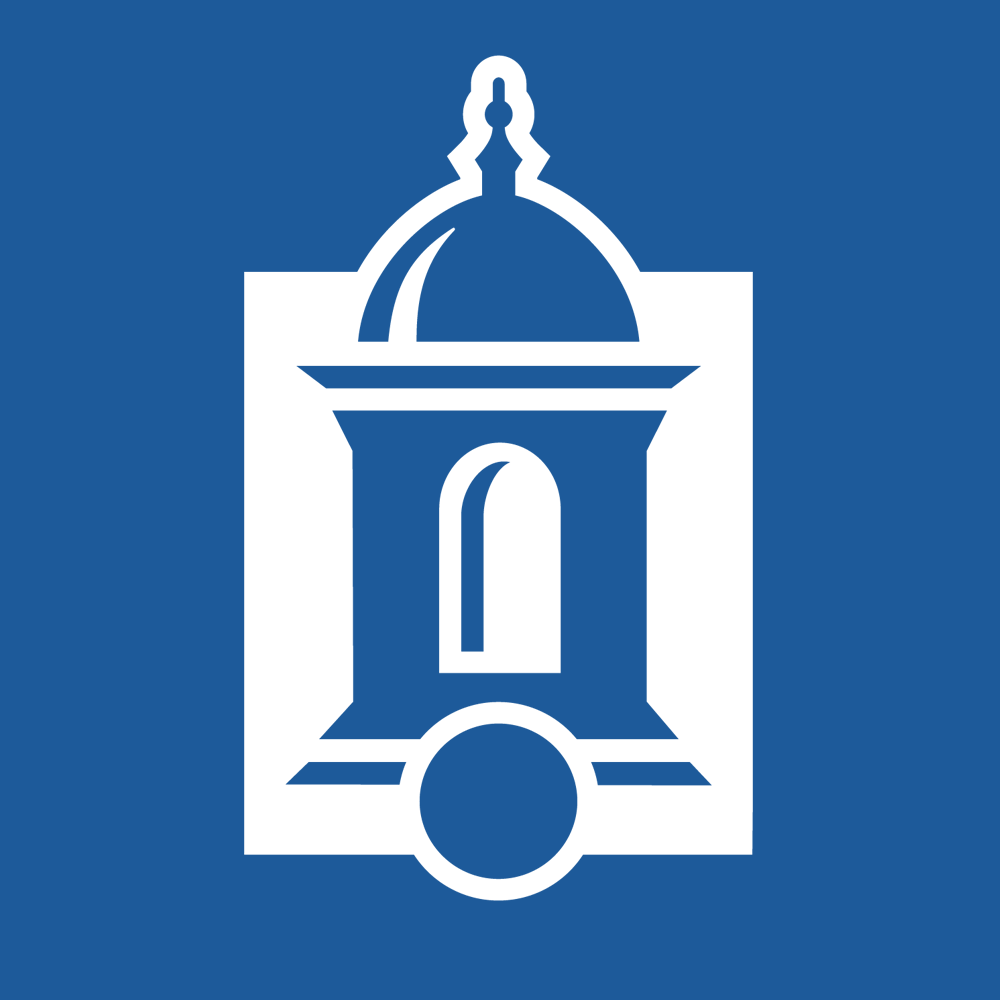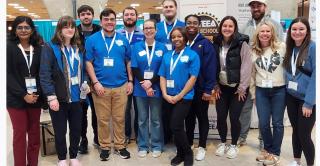
Community engagement describes the collaboration between higher education institutions and their larger communities (local, regional/state, national, global) for the mutually beneficial exchange of knowledge and resources in a context of partnership and reciprocity (Carnegie Foundation for the Advancement of Teaching, 2006). Community engagement is closely linked to the scholarship of engagement, which seeks to connect the resources of the university with pressing social, civic, and ethical problems (Boyer, 1996).
The purpose of the Community Engagement Committee is to advise the University on and make recommendations regarding the promotion of policies, curricular enhancements, and campus and community events designed to foster Community Engagement.
Bylaws
Article I Name
This committee, a Standing Committee of the Faculty, shall be known as the Community Engagement Committee.
Article II Purpose
The purpose of the Community Engagement Committee is to advise the University on and make recommendations regarding the promotion of policies, curricular enhancements, and campus and community events designed to foster Community Engagement. To that end, the Committee will support and design programs and events to:
- Provide opportunities for faculty to develop the capacity to implement community engagement and/or service-learning initiatives (i.e., workshops, web-based material);
- Propose policies and/or resources that will incentivize faculty to implement community engagement and/or service-learning activities (i.e., funding opportunities, load-credit support, P&T guidelines, writing groups, publishing and presentation venues);
- Partner with Central offices to develop resources and opportunities that support faculty initiation of community engagement and service-learning activities, such as but not limited to the Office of Community Engagement, Provost, Deans, and CACE;
- Develop Community Engagement curriculum for students that addresses issues regarding the Community Engagement minor and CEN 200 course development.
Article III Membership
There shall be two Classes of members of the Committee:
Regular Members shall have all privileges and responsibilities of membership, including voting rights on all matters. Regular membership is open to all Central teaching faculty members.
Associate Members shall have all privileges and responsibilities of membership, with one exception: they cannot vote on matters involving curriculum (including the assignment of the CEN course designation). They can vote on all other matters. Associate membership is open to all Central non-teaching faculty members (AAUP and SUOAF), as well as all students, administrators and employees of Central.
Membership can be attained in either of two ways: (1) by nomination or self-nomination in response to the annual call for nominations by the Elections Committee of the Faculty Senate each Spring, or (2) by submitting a request for membership to the Chair of the Community Engagement Committee.
The Committee shall actively solicit nominations to ensure participation from all academic schools and from different units throughout the University.
Members who join the Committee through the annual election process receive immediate voting privileges appropriate to their Class of membership; those who join by submitting written requests will be vested with voting privileges appropriate to their Class of membership after 30 days on the Community Engagement Committee membership roster.
The term of membership is one academic year, and there is no limit to the number of years a member may serve, nor is there a limit to the number of members who may serve on the Committee. The Chair of the Committee will keep the membership rolls.
Article IV Officers
The Committee shall have a Chair elected to a two-year term, who will schedule and conduct meetings; a Vice-Chair elected to a two-year term, who will assume the duties of the Chair in the Chair’s absence; and a Secretary elected to a one-year term, who shall record and distribute the minutes of meetings. The officers will be elected at the first meeting of the Committee in the Fall semester, subject to a call to meet issued by the President of the Faculty Senate.
Article V Meetings
The Chair shall call meetings at least twice a semester. An agenda will be prepared and distributed prior to the meeting. Meetings are to be conducted informally, unless, at the discretion of the Chair, rules of Procedure require enforcement. If so, the Committee will be governed by Robert’s Rules of Order, in its most recent edition. A quorum shall consist of 20% of the Committee’s total voting membership (including both Regular and Associate members).
Article VI Amendments to the By-Laws
A simple majority at any scheduled meeting may amend these by-laws, provided that the proposed amendment(s) is (are) distributed by the Committee Chair via e-mail at least one week in advance of the meeting at which the proposed amendment will appear on the agenda. Changes are subject to approval by the Faculty Senate.
Article VII Subcommittees
Three standing subcommittees are to be established:
- Curriculum
- Grants and Awards
- Policies and Practices
Additional ad hoc subcommittees may be created as necessary.
- Each subcommittee shall review all proposals emanating from any of its constituencies and make recommendations, favorable or unfavorable, to the Community Engagement Committee. Each subcommittee shall possess the power to recommend amendments, subject to the limitations on the Community Engagement Committee itself.
- Each subcommittee shall meet prior to all Community Engagement meetings where pertinent items appear on the agenda.
- The minutes of each subcommittee shall be distributed by the Community Engagement Committee Chair to members of the Community Engagement Committee in advance of Community Engagement Committee meetings.
References
Boyer, E. (1996). The Scholarship of Engagement. Bulletin of the American Academy of Arts and Sciences, Vol. 49, No. 7 pp. 18-33. http://www.jstor.org/stable/3824459. Retrieved 9/26/2011.
Carnegie Foundation for the Advancement of Teaching. Community Engagement Classification website http://classifications.carnegiefoundation.org/descriptions/community_en…


